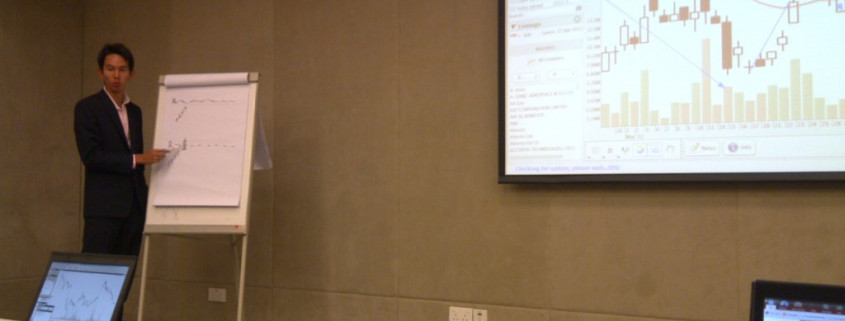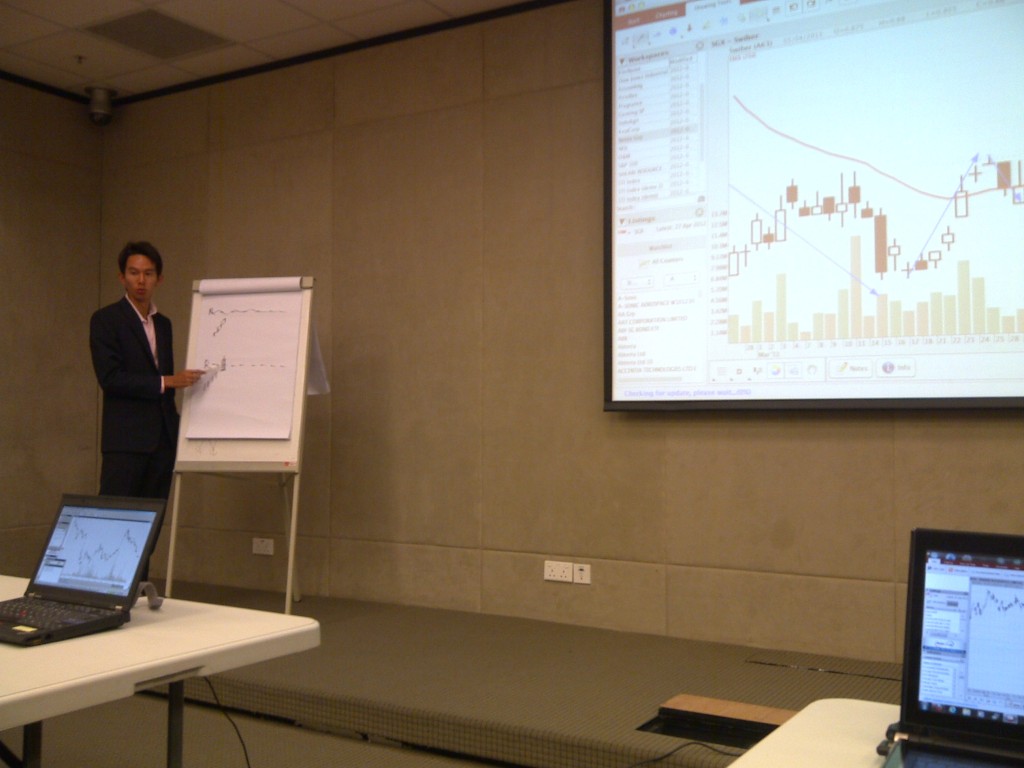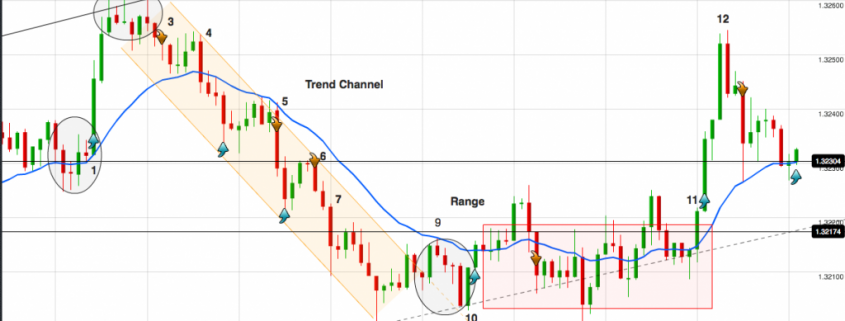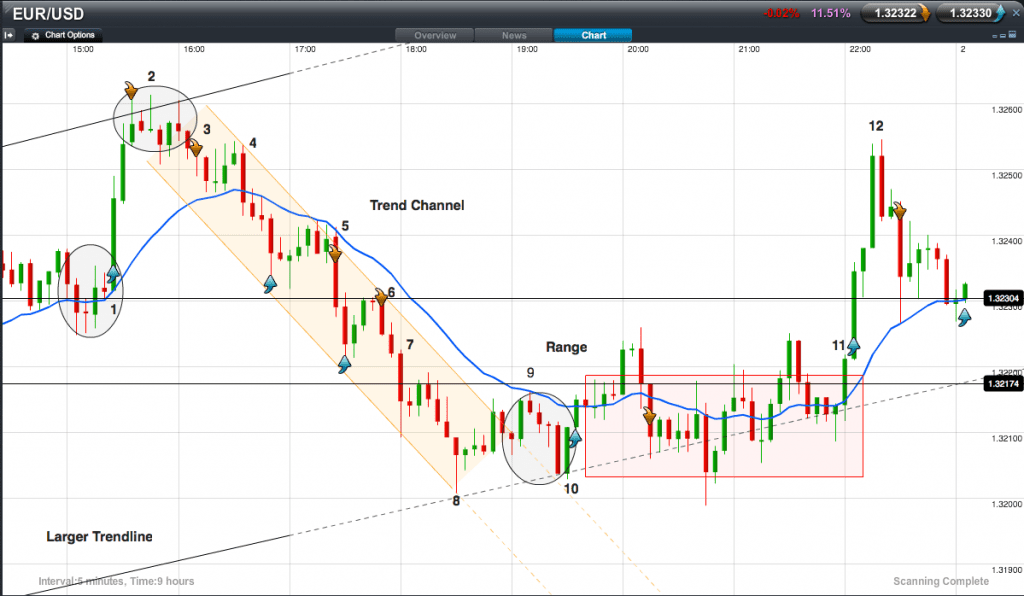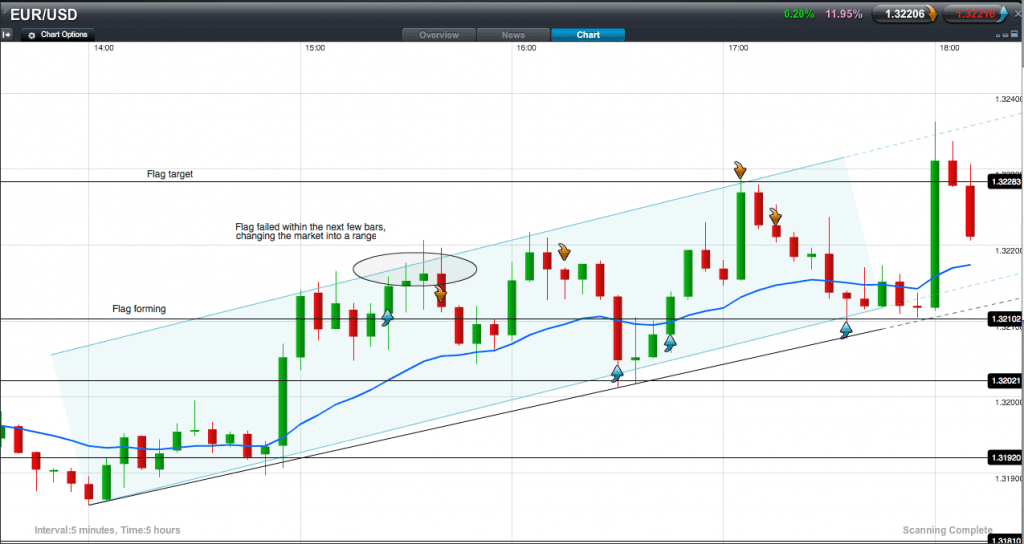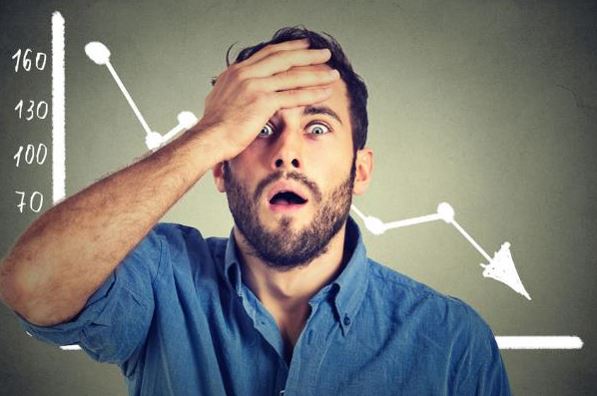A warm welcome to the new members of our community!
Over the past weekend, you have learnt the tools of price action, volume and psychology, as well as a variety of setups for different market conditions. We hope everyone has gained insights and knowledge to take your trading to the next level.
Based on the feedback we got, we will be making minor modifications to the program structure to improve the flow, and will be adding in more practical sessions and chart examples in the Synapse Workbook.
This weekend marks the start of your trading journey. Hence, we urge all new traders to participate actively in the forum to improve their skills, and at the same time benefit by helping one another.
Feedback
“Very satisfied. Definitely improve my knowledge on price action and decision-making.”
– Alvin Lim
“Syllabus is good and easy for beginners to follow. Trainer Spencer is young but very knowledgeable and experienced in price action analysis.”
– Mr. Ang
“The techniques taught are very flexible and can work for all markets, like stocks, forex, etc. I am very impressed.”
– Justin Cheong
To see more testimonials, click here.
https://synapsetrading.com/testimonials/

